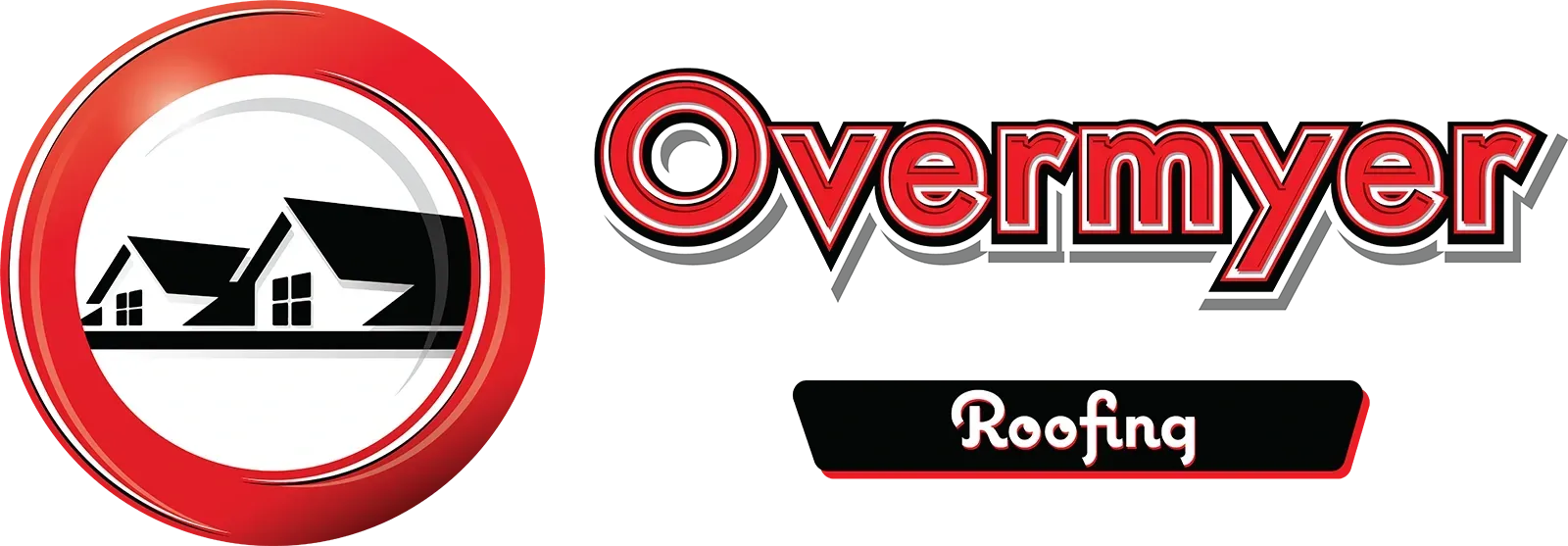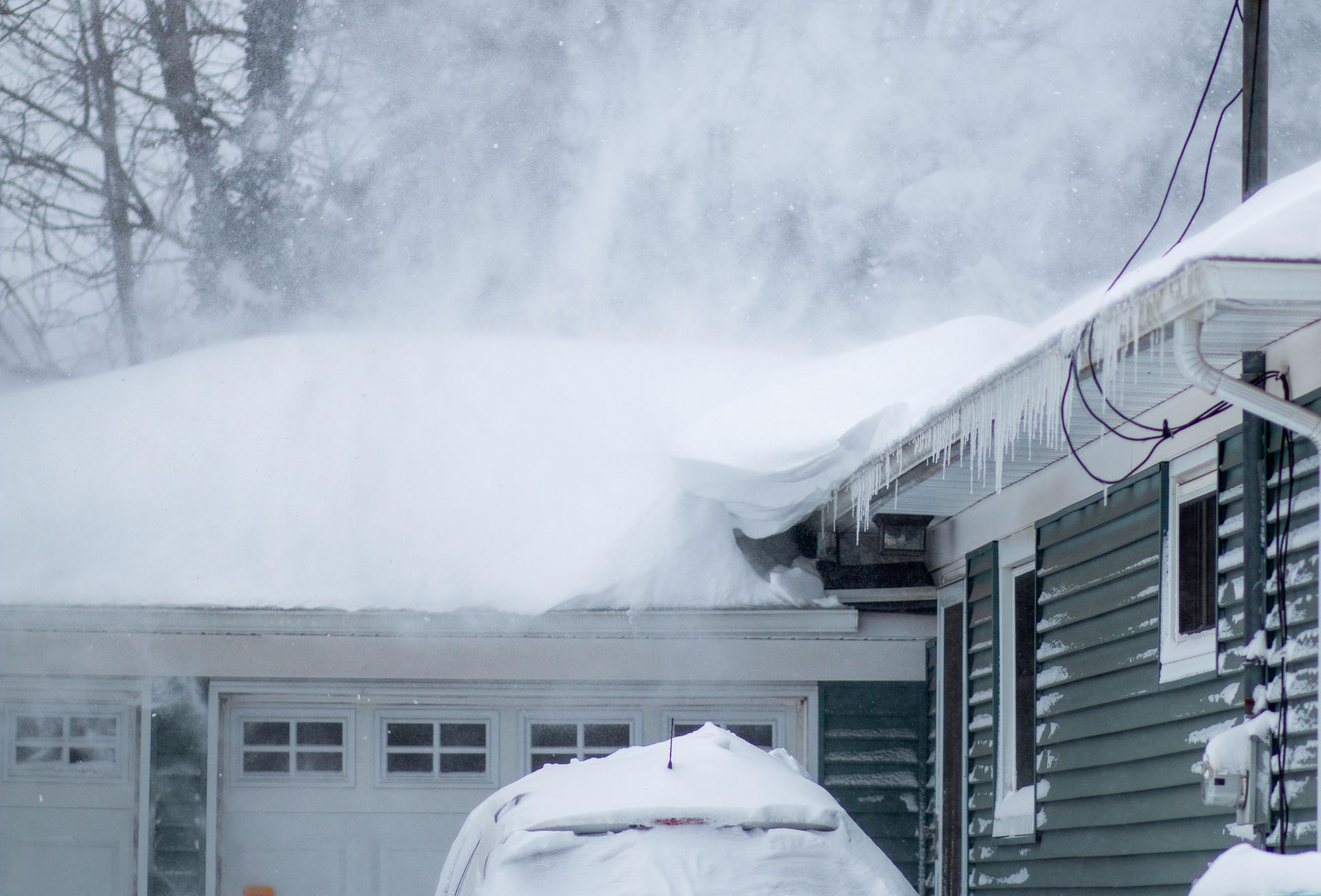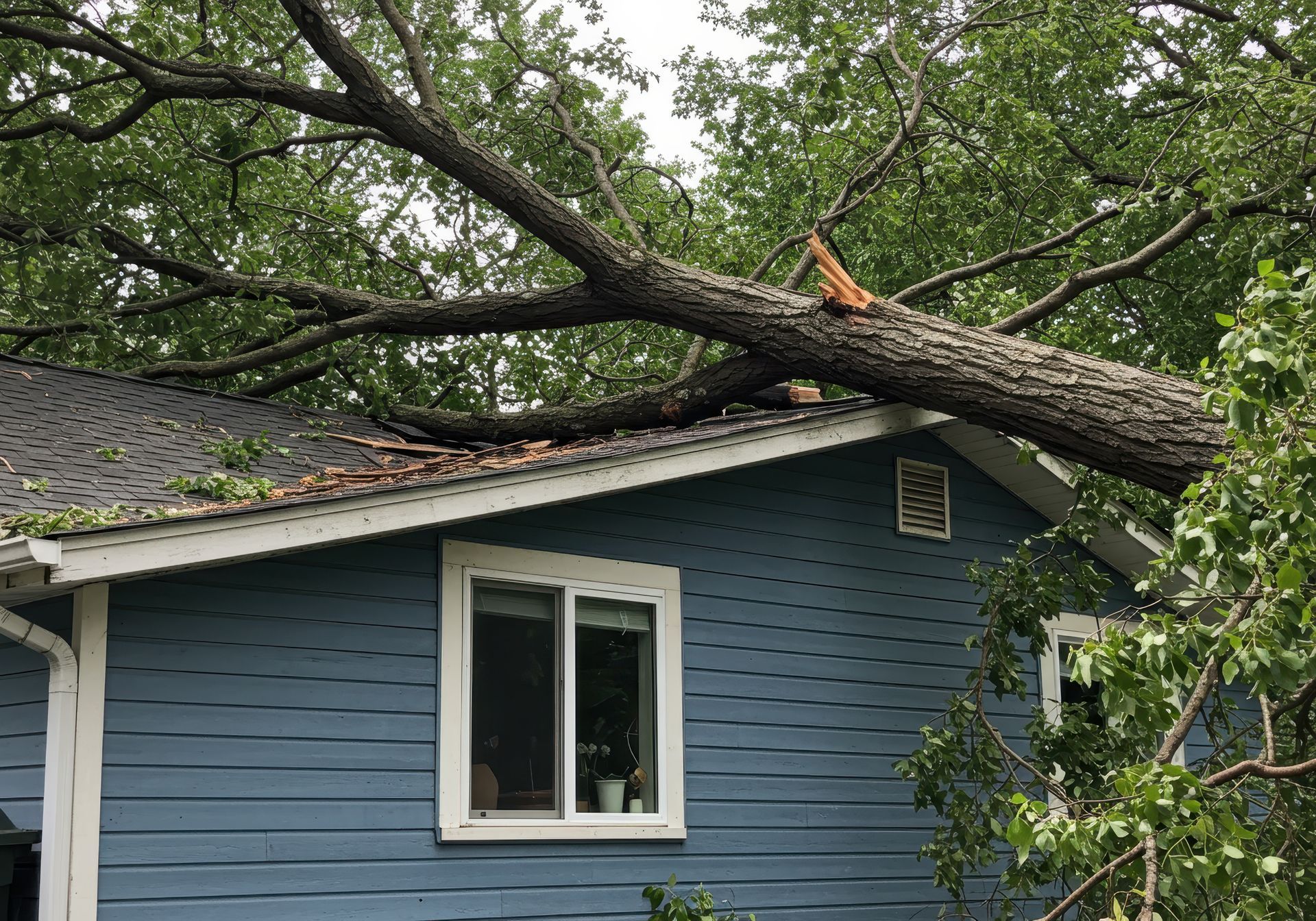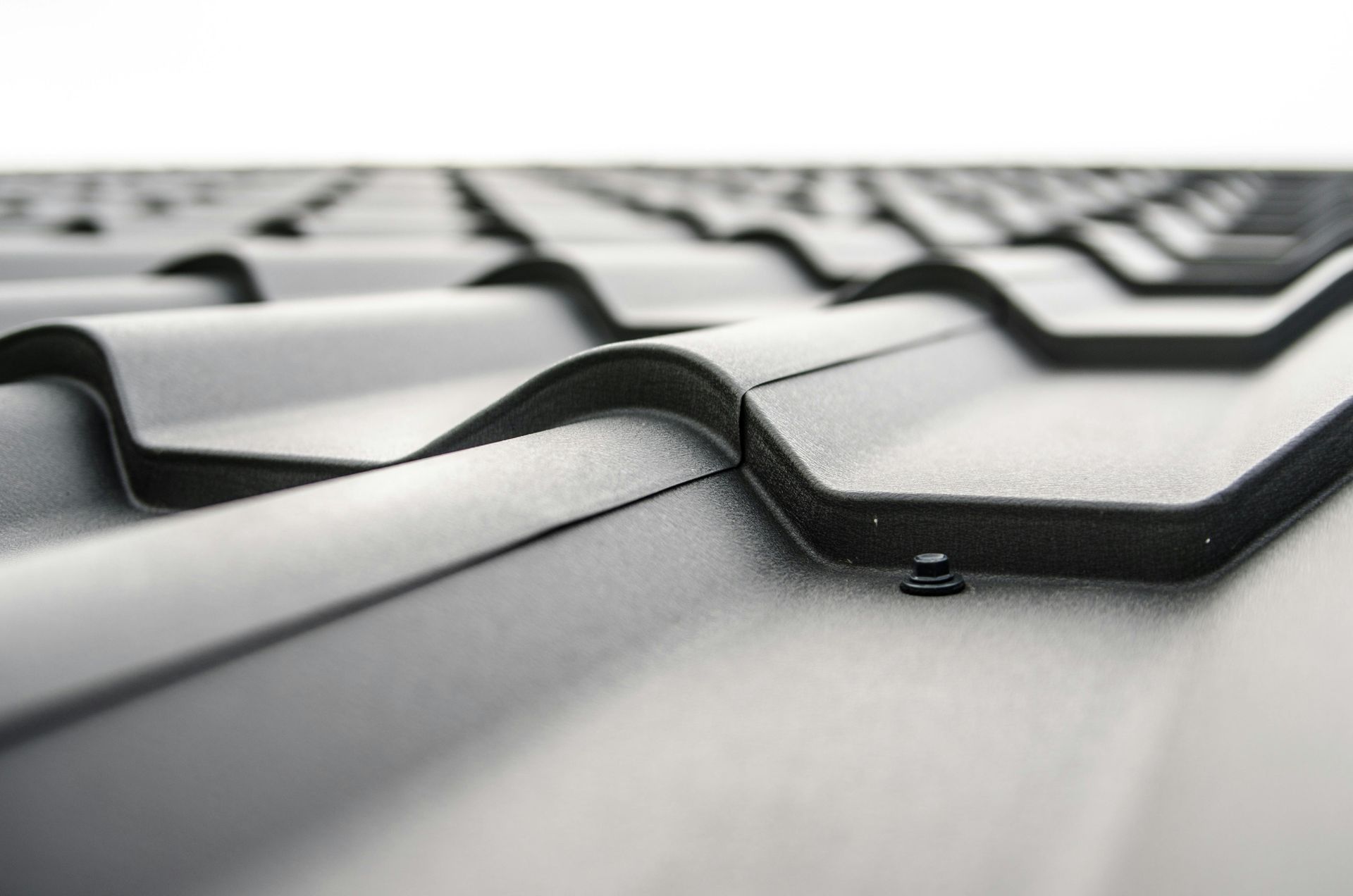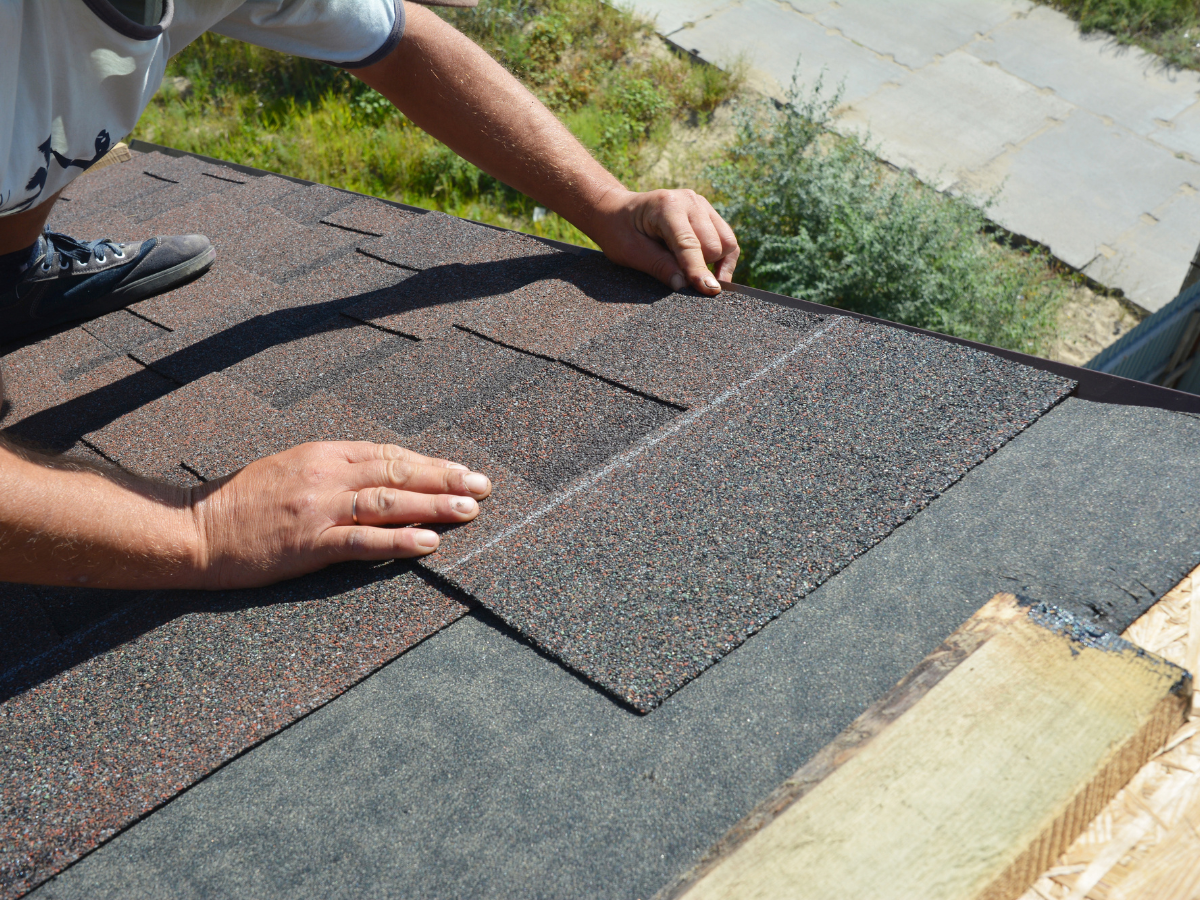Summer Roof Maintenance Tips for Shingle Roofs
Summer is here, and with the warmer weather comes the perfect opportunity to give your shingle roof the attention it needs. Proper maintenance ensures that your roof remains in great shape throughout the season, protecting your home from potential damage. In this blog, we’ll discuss essential summer roof maintenance tips for shingle roofs, so you can keep your roof in top condition and extend its lifespan.
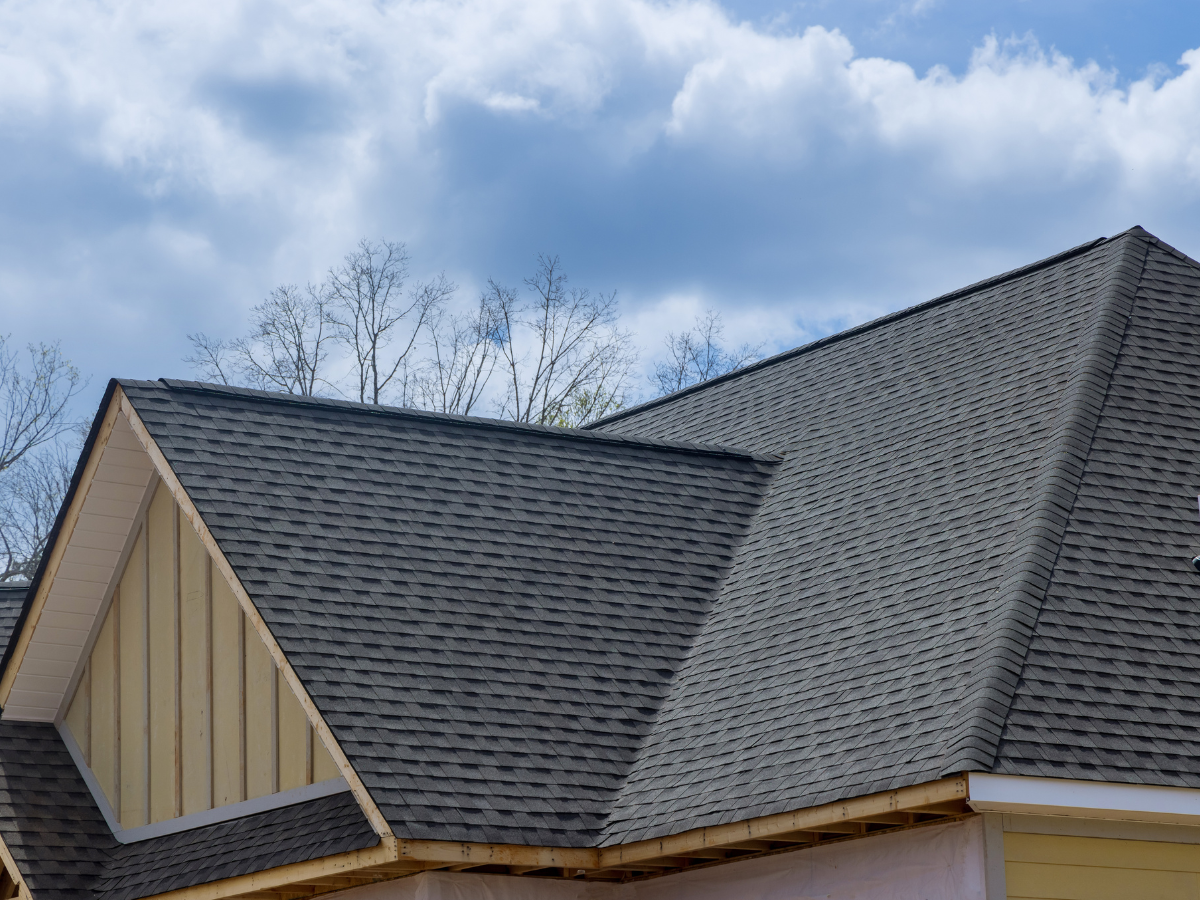
1. Inspect Your Roof for Damage
One of the first steps in summer roof maintenance is inspecting your shingle roof for any signs of damage. Over time, shingles can become cracked, curled, or loose, especially after harsh winter weather or spring storms.
- Check for Missing Shingles: Look for any shingles that are missing or loose. If left unattended, these gaps can lead to leaks and water damage inside your home.
- Look for Cracked or Curling Shingles: Cracked shingles can expose your roof to water damage, while curled shingles can indicate an underlying issue such as poor ventilation or aging material.
- Examine the Flashing: Inspect the flashing around chimneys, vents, and skylights for rust or damage, as these areas are prone to leaks.
A thorough inspection will help you identify small problems before they turn into costly repairs.
2. Clean the Roof and Gutters
Cleaning your roof and gutters is a vital part of shingle roof maintenance during the summer months. Over time, debris such as leaves, twigs, and dirt can accumulate on your roof, blocking gutters and downspouts.
- Remove Debris: Use a soft-bristle broom or a leaf blower to remove leaves, moss, and other debris from the surface of your shingle roof. Be gentle to avoid damaging the shingles.
- Clean Your Gutters: Clogged gutters can cause water to back up onto the roof, leading to rot and leaks. Clean your gutters regularly to ensure proper water flow and prevent roof damage.
- Check for Moss and Algae: Moss and algae growth can deteriorate shingles over time. If you notice any growth, use a non-abrasive cleaner to gently remove it, or consider a professional roof cleaning service if the problem is widespread.
A clean roof and functioning gutters help ensure that water flows properly and prevents moisture from infiltrating your home.
3. Trim Overhanging Branches
Overhanging tree branches can pose a significant threat to your shingle roof. During summer storms, branches may break off and damage the shingles. They can also trap moisture on the roof, contributing to mold and moss growth.
- Trim Trees and Branches: Trim any branches that are too close to the roof to prevent them from causing damage during high winds or storms.
- Avoid Damage from Falling Limbs: Cutting back overhanging branches also minimizes the risk of falling limbs, which can puncture or damage the roof.
Maintaining a safe distance between your trees and roof helps reduce the risk of unnecessary damage.
4. Ensure Proper Attic Ventilation
Proper attic ventilation is key to keeping your shingle roof in optimal condition during the hot summer months. Poor ventilation can lead to moisture buildup, which can rot the wood decking and damage the shingles.
- Check Vents and Insulation: Ensure that your attic has proper ventilation to allow hot air to escape. If you notice that your attic is too hot, it might be time to improve your ventilation system by installing more vents.
- Prevent Moisture Build-Up: Good ventilation helps prevent condensation from building up in your attic, which can weaken the roof structure and cause shingle damage.
Ensuring proper ventilation in the attic keeps your home cooler and prevents roof deterioration.
5. Inspect for Signs of Leaks
One of the most common issues with shingle roofs during the summer months is the formation of leaks, often caused by damaged or missing shingles. A small leak can turn into a much bigger issue if left unchecked.
- Look for Water Stains: Check your ceilings and attic for any signs of water stains or dampness. If you find any, it could indicate a roof leak that needs immediate attention.
- Check for Leaks After Rain: If there’s a heavy rainstorm, inspect your home’s interior for any signs of water intrusion. If you notice leaks, it’s time to call a roofing professional.
Early detection of leaks is crucial to preventing more extensive water damage to your home.
6. Schedule Professional Roof Inspection
While DIY maintenance is essential, scheduling a professional roof inspection at least once a year is key to ensuring that your shingle roof is in good shape.
- Expert Inspection: A professional roofer can spot issues that you may not notice, such as damaged flashing, loose shingles, or improper drainage.
- Catch Problems Early: Regular inspections can catch problems early, saving you from expensive repairs down the road.
- Preventative Care: A professional roofer can also provide preventative care, such as resealing areas that may have been weakened over time.
A professional inspection can give you peace of mind and ensure your roof is prepared for the rest of the summer season.
Conclusion
Summer is the perfect time to focus on roof maintenance, especially for shingle roofs. By inspecting your roof, cleaning gutters, trimming overhanging branches, ensuring proper ventilation, and scheduling a professional inspection, you can maintain the longevity and performance of your roof. Taking these steps will help prevent costly repairs and ensure your home stays safe and comfortable during the warmer months.
At Overmyer Roofing, we specialize in maintaining and repairing shingle roofs. If you need assistance with roof inspections or maintenance, contact us today for expert service and advice.
